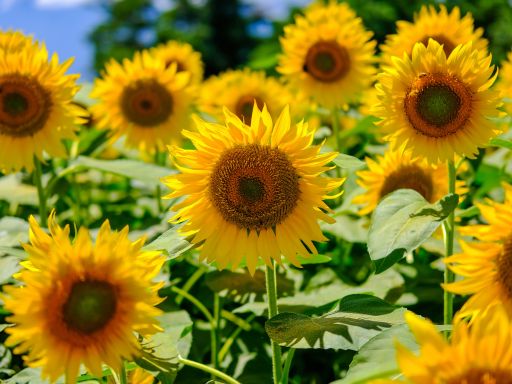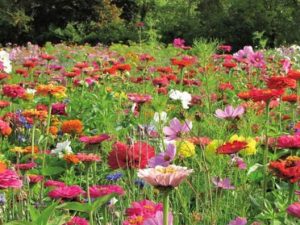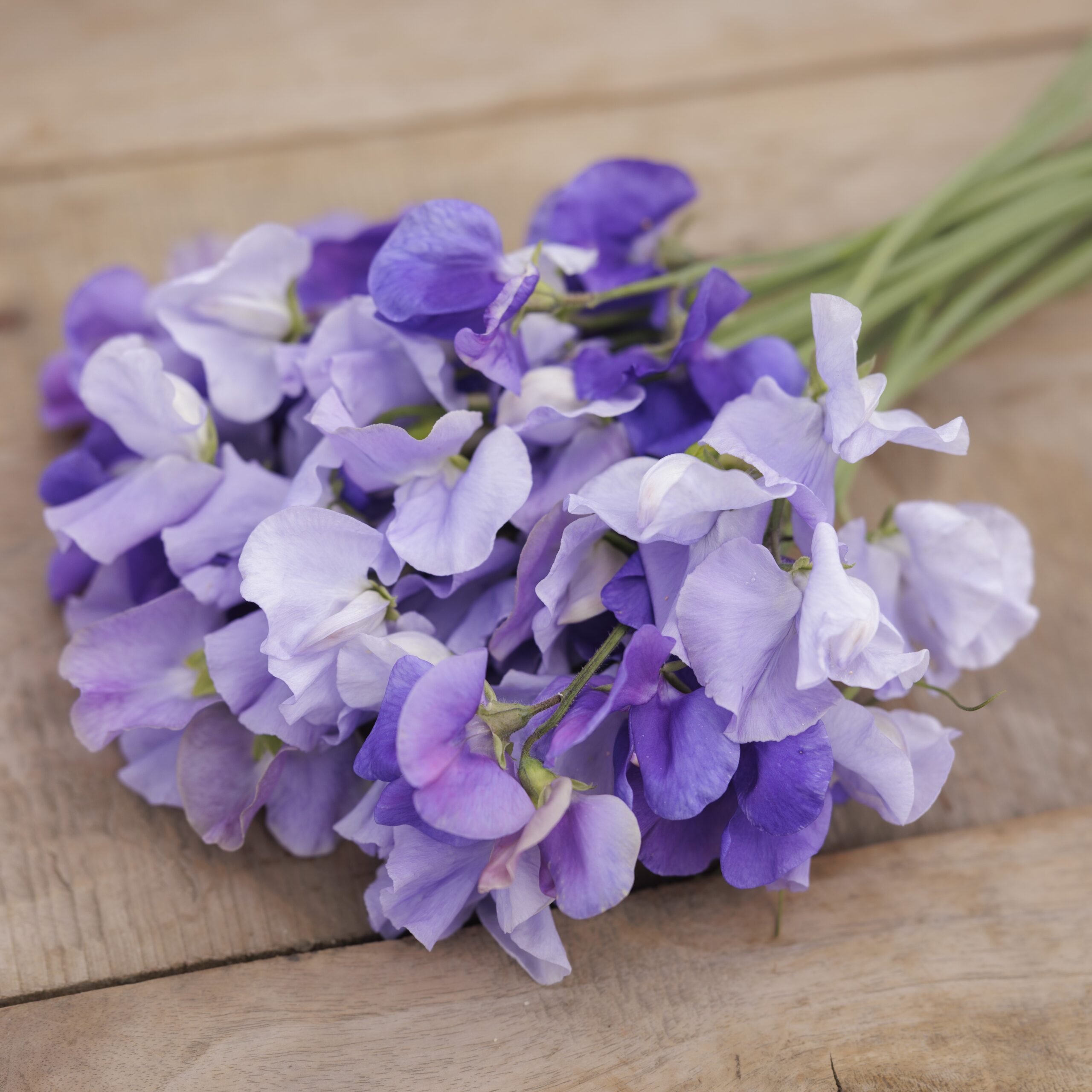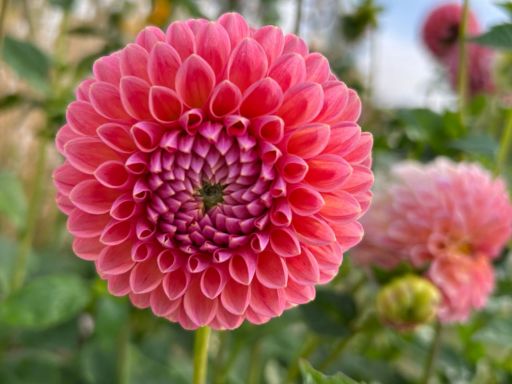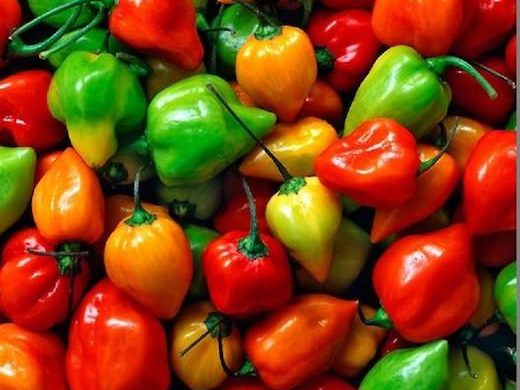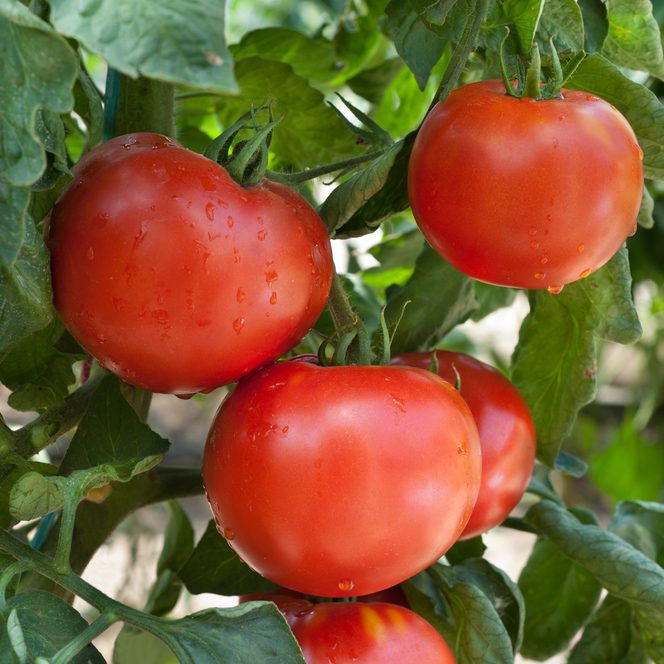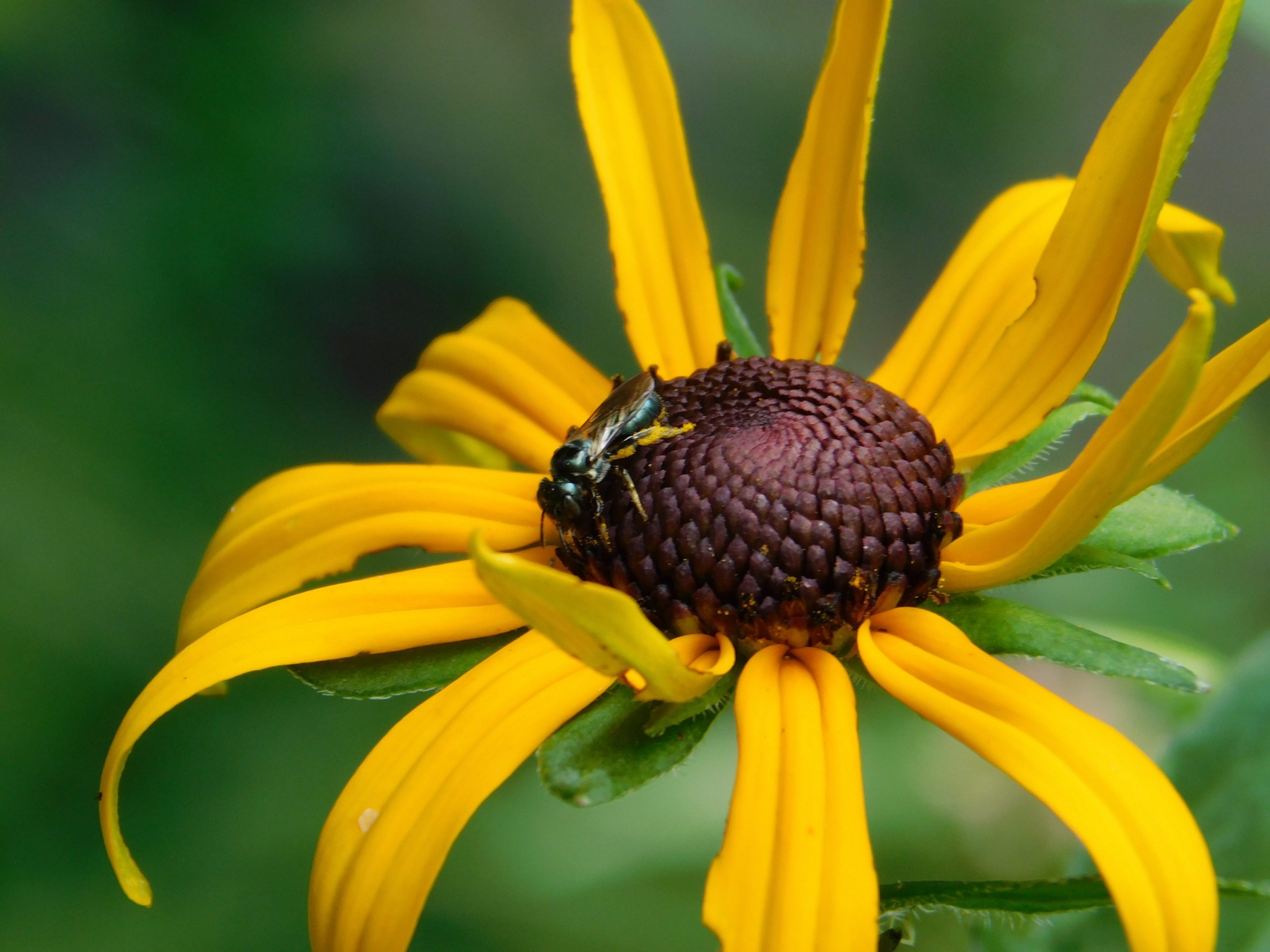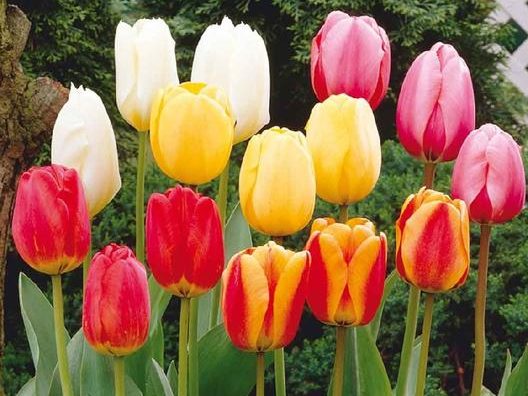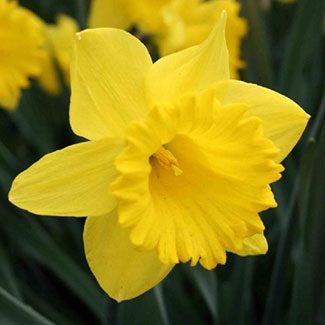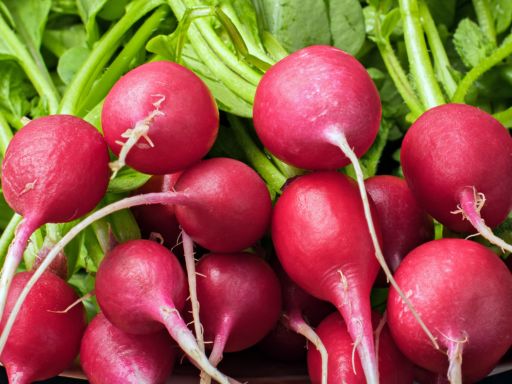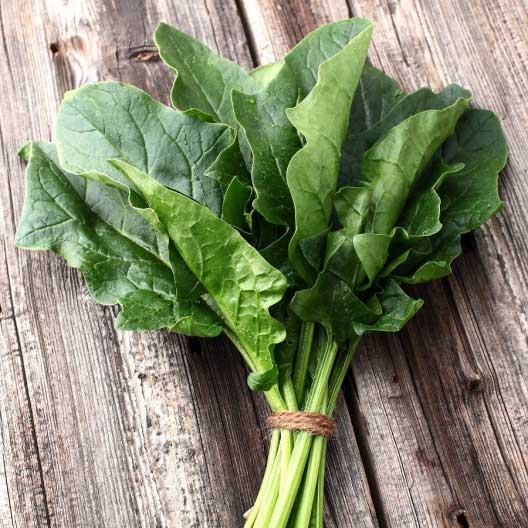Gardening in Zone 5
Zone 5 enjoys true four-season gardening with its distinct seasons: snowy winters, fresh and rainy springs, warm sunny summers, and crisp, leaf-filled autumns. This mix keeps things interesting and allows gardeners to enjoy growing a wide variety of plants, with something new to enjoy in every season. States in zone 5 include Nebraska, Iowa, and parts of Pennsylvania, New York, Illinois, and Michigan. In zone 5, perennial herbs thrive and can be a staple in your garden as can annual vegetables, ornamental grasses, and a variety of fruit trees and shrubs. With the right planning and attention, your garden can flourish and provide beauty and harvest throughout the seasons. See Zone 5: Spring for garden projects and the best flowers and vegetables to plant during that season; and see Zone 5: Fall for gardening tasks and planting possibilities later in the year.
First and Last Frost Dates
To choose the right plants and determine the best planting times for your garden, it’s important to know your region’s first frost dates and average extreme minimum temperatures. This information is available using Eden Brother’s USDA hardiness zone map.
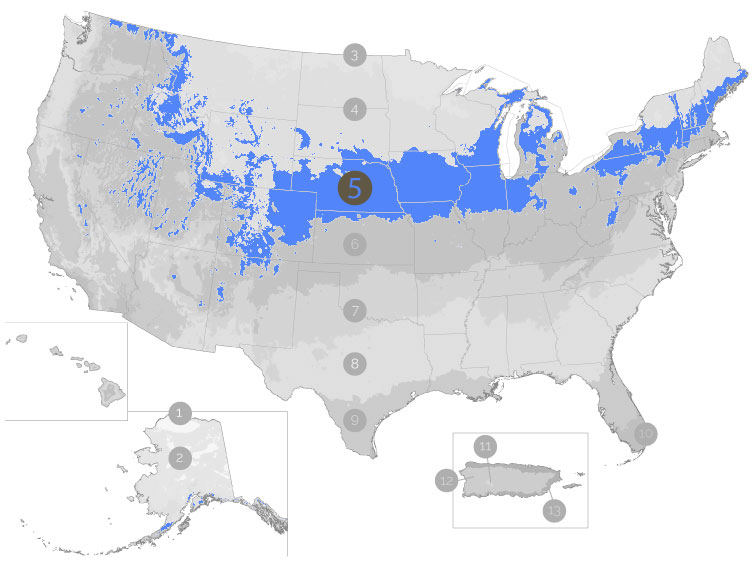
In zone 5, the first frost usually happens between September 30 and October 30, which affects the growing period for frost-sensitive plants like tomatoes, peppers, zinnias, and basil. The last frost typically falls between March 30 thru April 30.
Average Growing Season: 175 days
Average extreme minimum temperature ranges from -10°F to -20°F, which can be too cold for many perennials. For a more detailed guide on plants that do well in zone 5, check out the “What’s Growing in Spring” or “What’s Growing in Fall” sections for specific recommendations.
Zone 5: Spring
Garden Maintenance and Projects
After a long winter, we are all itching to get out and start our spring chores! Proper garden maintenance is essential for a healthy garden, from soil care to pest and weed control. In zone 5, it is important to take advantage of warmer spring days to get a head start on the growing season. Garden maintenance tasks for zone 5 include:
- Prepare and Amend Soil – Loosen the soil and mix in compost or organic matter to improve drainage and enrich nutrients for better plant growth.
- Test Soil – After the ground thaws, take soil samples to determine what amendments are needed to improve fertility, pH balance, and overall soil health.
- Set Up and Maintain Garden Structures – Install trellises for climbing plants like peas, beans, or tomatoes, and inspect existing supports for trees and shrubs.
- Start Seeds Indoors – Start seeds indoors to get a head start on plants that need a longer growing season or are more sensitive to the cold.
What’s Growing in Spring?
As the snow melts in early spring, zone 5 fruit trees like apple, pear, and cherry begin to bud, while cold-tolerant flowers like crocus, hyacinth, and tulips start to emerge. Ornamental grasses also make their appearance, adding texture and movement to the garden. In addition, perennial herbs in zone 5, such as chives, mint, and thyme begin to regrow, providing fresh flavors for the season. Early spring vegetables, like spinach, kale, and peas can be planted, marking the start of the growing season.
Flower Seeds to Plant in Spring
In zone 5 gardening, select flower varieties that thrive in the region’s climate and can be directly sown into the garden once the last frost has passed. Some excellent flower options for direct seeding in zone 5 include:
Sunflowers are an iconic choice, providing food for pollinators and wildlife while offering height and brightness for your garden.
For stronger growth and a longer bloom period, some flowers benefit from being started indoors and then transplanted in spring. Consider starting these varieties indoors before moving them outdoors:
Flower Bulbs to Plant in Spring
Zone 5 gardeners typically plant bulbs in the fall. However, spring-planted, summer blooming bulbs that are hardy in zone 5 include:
Some warm-season bulbs and tubers that do well when planted in the spring after the last frost has passed include:
Though these bulbs are hardy in the warmer zones, zone 5 can still plant and enjoy them! For the best results, plant these flowers in late spring to early summer, and enjoy their vibrant blooms throughout the growing season. As part of garden maintenance in the fall, be sure to dig them up and store them in a cool, dry place during the winter months to replant the following spring.
Vegetables and Herbs to Plant in Spring
In zone 5, spring is time for planting a variety of spring vegetables and perennial herbs. Direct seed peas, radishes, spinach, and salad greens into the soil as soon as the ground is workable. Warmer season crops such as tomatoes, peppers, and eggplant should be started indoors and transplanted out after the risk of frost has passed. Perennial herbs in zone 5 such as chives, oregano, and thyme can be planted for an early harvest as can annual herbs like cilantro and parsley.
Other Springtime Planting Possibilities
In zone 5 there are many additional possibilities for a diverse and productive garden.
- Zone 5 is a fantastic place to sow wildflowers, thanks to its distinct seasons! Freezing temperatures during the cold winter actually helps many wildflower seeds naturally germinate through stratification. The warm, sunny summers and moderate rainfall create ideal growing conditions for a wide variety of native blooms. Plus, wildflowers thrive in the diverse soil types found across zone 5, making it easy to create a low-maintenance, pollinator-friendly garden full of color and life.
- Ornamental grasses such as foxtail millet and our ornamental grass mix thrive in zone 5.
- Grow microgreens on your patio or kitchen counter such as kale, peashoots, and sunflower shoots for a quick-growing and nutritious addition to your meals.
Looking Ahead to Summer
Summer is time for specific warm-season garden maintenance needs, ensuring proper watering, weeding, and pest control as plants continue to grow. Keep an eye on perennial herbs and fruit trees in zone 5 for continued harvest and fall bounty.
Zone 5: Fall
Garden Maintenance and Projects
While the harvest may keep you busy, there are several garden maintenance tasks that should be tended to in the fall as you prepare for colder months ahead. These include:
- Weeding + Clean Up: Remove weeds to prevent reseeding and clear dead and diseased plants to reduce pest and disease risks for the next season. Learn all about deadheading here.
- Mulching for Winter: Apply mulch around plants and perennial herbs to protect roots from winter’s frigid temperatures.
- Pruning: Cut back dead and damaged branches from zone 5 fruit trees, shrubs, and ornamental trees, but avoid heavy pruning until late winter or early spring.
What’s Growing in Fall?
In zone 5, fall is a time of surprising abundance! While the days are getting shorter and cooler, many vegetables and flowers are still going strong. Cool-season crops love the crisp weather and often taste even better after a light frost. These include: loose-leaf lettuce, Swiss chard, carrots, radishes, beets, kale and other cole crops. Several plants continue blooming into the fall, including various perennials and fall-planted bulbs. Mainstays such as asters, daisies, echinacea, and black-eyed Susans are popular choices.
Flower Seeds to Plant in Fall
Fall is an ideal time to plant flower seeds, either by starting them indoors or directly sowing them outdoors. It is important to plant them in plenty of time to get established before the first fall frost. These flowers will establish strong roots over the cooler months and bloom beautifully come spring and summer:
Wildflower seed mixes can also be sown in the fall after your first hard killing frost. They will lay dormant under the snow and emerge as temperatures begin to rise in the spring. Our mixes feature a diverse blend of flowers that support pollinators. Learn more about the benefits of planting wildflowers in fall.
Flower Bulbs to Plant in Fall
In zone 5, fall is the time to plant a variety of bulbs for vibrant spring blooms. Options include:
Gardeners in zone 5 get the enviable opportunity to plant the queen of the garden, peonies. These perennial stunners produce large, luxurious flowers in a wide range of colors. They are incredibly low-maintenance and offer an equally elegant flair to the most humble or formal garden.
Vegetables and Herbs to Plant in Fall
In fall, select cold-tolerant plants that can handle the first frosts. Quick-growing vegetables and herbs ideal for planting in late summer for fall harvest include spinach, kale, radishes, salad greens, cilantro, and parsley. Carrots, beets, rutabaga, and turnips also thrive in cooler temperatures and can be harvested before the first hard freeze. With protection, carrots, spinach, and parsley can even survive winter.
Perennial herbs that can withstand zone 5 winters include chives, oregano, sage, thyme, and winter-hardy lavender. These should be well-established before frost sets in and may benefit from a layer of mulch for protection through winter months.
Other Fall Planting Possibilities
Fall is a great time to plant certain rare and unusual flower seeds and quick crops like microgreens.
- Rare and unusual perennial and biennial heirloom varieties like Canterbury bells, bee balm, and wild iris seeds should be planted in fall to establish roots before winter and to add color to the garden come spring.
- Plant microgreens like kale, radish, and pea shoots in the fall outdoors before the frost or indoors under a south facing window or under supplemental lights for a quick, nutritious harvest.
Looking Ahead to Winter and Early Spring
As winter approaches in zone 5, it’s important to prepare your garden for the colder months ahead. Protect tender plants with mulch, burlap, or row covers to prevent frost damage. For early spring vegetables, plant peas, spinach, and radishes directly into the garden once the soil is workable. Consider starting seeds indoors for heading vegetables like broccoli and warm season crops like tomatoes and peppers to give them a head start. With a little preparation, your garden will be ready to thrive as soon as the weather warms up.
